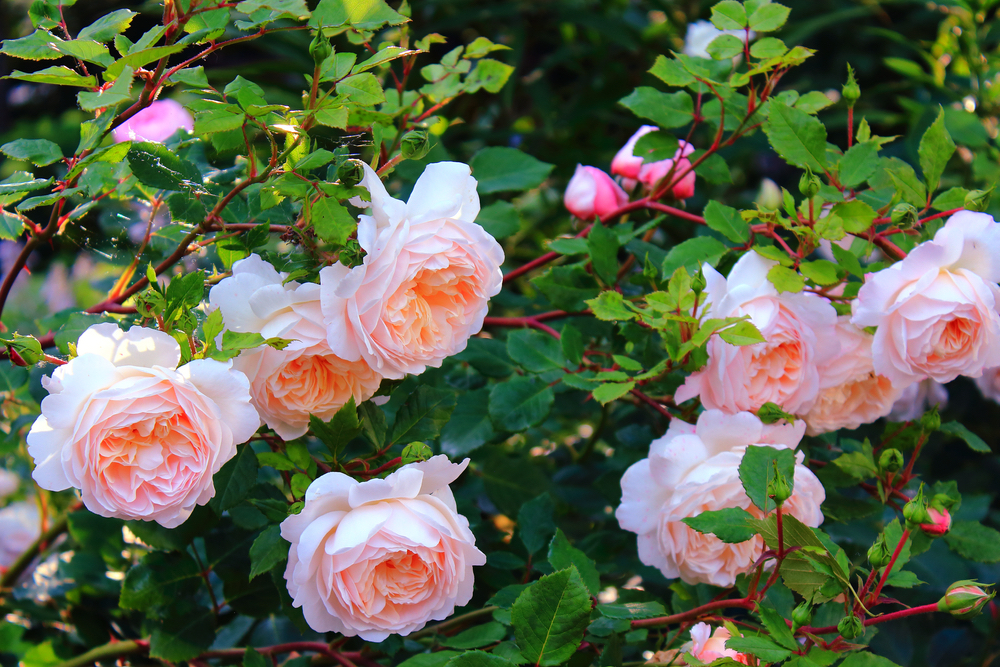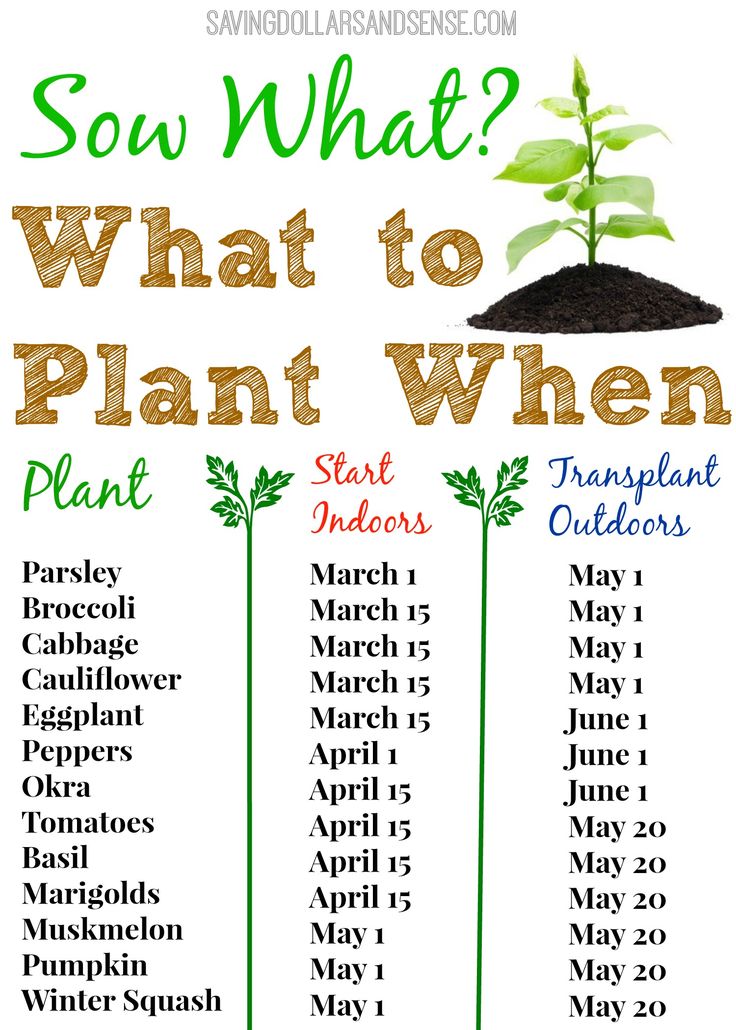Understanding the Importance of Planting Season
Planting roses at the right time is crucial for their growth, blooming, and overall health. The optimal planting time varies depending on the climate and region, making it essential to understand the specific conditions in your area. In general, roses thrive in temperate climates with moderate temperatures and adequate moisture. However, different climates have distinct characteristics that affect the best planting time.
In regions with cold winters, it’s best to plant roses in early spring, when the soil has warmed up and the threat of frost has passed. This allows the plants to establish themselves before the heat of summer. In areas with mild winters, fall planting is often preferred, as the cooler temperatures and increased moisture promote healthy growth. In regions with hot and dry summers, planting in late winter or early spring can help roses establish a strong root system before the heat sets in.
When deciding when to plant roses, it’s essential to consider the specific climate and region you’re in. For example, in USDA Hardiness Zones 3-5, planting in early spring is recommended, while in zones 6-8, fall planting is often preferred. In warmer climates, such as zones 9-11, planting can occur year-round, but it’s crucial to avoid the hottest summer months.
By understanding the importance of planting season and adjusting your planting schedule accordingly, you can give your roses the best chance to thrive. Whether you’re a seasoned gardener or a beginner, taking the time to research and plan the optimal planting time for your roses will pay off in the long run. So, when should you plant roses? The answer depends on your specific climate and region, but with a little research and planning, you can ensure a successful and beautiful rose garden.
How to Choose the Perfect Planting Time for Your Region
To determine the best planting time for roses in your region, consider the following factors: climate, soil temperature, and frost dates. These elements play a crucial role in ensuring optimal growth and blooming. When deciding when to plant roses, it’s essential to understand the specific conditions in your area.
Start by checking local weather forecasts to determine the average temperature and precipitation patterns in your region. This information will help you identify the best time to plant roses, taking into account factors such as frost dates and soil moisture. For example, in areas with cold winters, it’s best to plant roses in early spring, when the soil has warmed up and the threat of frost has passed.
Soil temperature is another critical factor to consider when determining the best planting time for roses. Most rose varieties prefer soil temperatures between 60°F and 70°F (15°C and 21°C) for optimal growth. You can check soil temperature by using a soil thermometer or by observing the growth of other plants in your garden. When the soil temperature reaches the optimal range, it’s usually a good indication that it’s time to plant roses.
In addition to climate and soil temperature, frost dates are also an essential consideration when deciding when to plant roses. In areas with frost, it’s best to plant roses after the last frost date, when the risk of damage from frost has passed. You can check the average frost dates for your region by consulting a local nursery or gardening expert.
By taking these factors into account, you can determine the perfect planting time for roses in your region. Remember to double-check your local conditions before planting, as this will ensure optimal growth and blooming. When should you plant roses? The answer depends on your specific climate and region, but with a little research and planning, you can create a thriving and beautiful rose garden.
The Role of Climate in Determining Planting Time
Climate plays a significant role in determining the optimal planting time for roses. Different climates have distinct characteristics that affect the growth and blooming of roses. Understanding the specific climate conditions in your region is crucial to determine the best time to plant roses.
In cool climates, such as those found in northern regions, roses typically thrive in the spring and fall. The cooler temperatures and increased moisture during these seasons promote healthy growth and blooming. In warm climates, such as those found in southern regions, roses can be planted year-round, but the hot summer months can be challenging. In temperate climates, roses can be planted in the spring or fall, but the optimal time may vary depending on the specific region.
In regions with extreme temperatures, such as deserts or tropical areas, roses may require special care and attention. In these climates, it’s essential to choose rose varieties that are tolerant of the local conditions and to adjust the planting time accordingly. For example, in desert climates, roses may need to be planted in the cooler winter months to avoid the intense heat of the summer.
When determining the best time to plant roses, it’s essential to consider the specific climate conditions in your region. By understanding the local climate and adjusting the planting time accordingly, you can ensure optimal growth and blooming. When should you plant roses? The answer depends on your specific climate and region, but with a little research and planning, you can create a thriving and beautiful rose garden.
In general, roses prefer temperatures between 60°F and 80°F (15°C and 27°C) for optimal growth. They also require adequate moisture, especially during the first year after planting. By providing the right climate conditions and adjusting the planting time accordingly, you can ensure that your roses thrive and bloom beautifully.
Soil Temperature: A Critical Factor in Rose Planting
Soil temperature is a critical factor in determining the best time to plant roses. Roses prefer to grow in soil with a temperature between 60°F and 70°F (15°C and 21°C). This temperature range allows for optimal root growth and development, which is essential for the plant’s overall health and blooming.
To check soil temperature, you can use a soil thermometer or a digital thermometer. Insert the thermometer into the soil to a depth of about 6-8 inches (15-20 cm), and wait for a few minutes to get an accurate reading. You can also check soil temperature by observing the growth of other plants in your garden. If the soil is too cold, plants may not grow or bloom well.
When the soil temperature is within the optimal range, it’s usually a good indication that it’s time to plant roses. However, it’s also important to consider other factors such as climate, frost dates, and soil moisture. In areas with cold winters, it’s best to plant roses in early spring, when the soil has warmed up and the threat of frost has passed.
In areas with hot summers, it’s best to plant roses in the fall, when the soil has cooled down and the risk of heat stress is reduced. In regions with mild winters, roses can be planted year-round, but it’s still important to check soil temperature to ensure optimal growth.
By checking soil temperature and adjusting the planting time accordingly, you can ensure that your roses get off to a healthy start. When should you plant roses? The answer depends on your specific climate and region, but with a little research and planning, you can create a thriving and beautiful rose garden.
In addition to soil temperature, it’s also important to consider soil moisture and fertility when planting roses. Roses prefer well-draining soil with a pH between 6.0 and 6.5. You can test your soil to determine its pH and nutrient levels, and amend it accordingly. By providing the right soil conditions, you can ensure that your roses grow and bloom beautifully.
Planting in Spring: Pros and Cons
Spring is a popular time to plant roses, as the weather is typically mild and there is ample moisture in the soil. However, there are both advantages and disadvantages to planting roses in the spring.
One of the main advantages of planting roses in the spring is that the soil has had a chance to warm up after the winter, making it ideal for root growth. Additionally, the spring rain can help to establish the plant and promote healthy growth. Many rose varieties also bloom in the spring, making it a great time to enjoy their beauty.
However, there are also some disadvantages to planting roses in the spring. One of the main concerns is that the soil may be too wet, which can lead to root rot and other problems. Additionally, the spring is a time of high pest activity, which can be detrimental to newly planted roses. Aphids, whiteflies, and other pests can be particularly problematic in the spring, so it’s essential to take steps to protect your plants.
Another consideration when planting roses in the spring is the weather. While the temperatures are typically mild, there can be late frosts or unexpected cold snaps that can damage or kill newly planted roses. It’s essential to check the weather forecast before planting and to be prepared to protect your plants if necessary.
Despite these potential drawbacks, many gardeners find that the benefits of planting roses in the spring outweigh the disadvantages. With proper care and attention, roses planted in the spring can thrive and provide beautiful blooms for years to come. When should you plant roses? If you’re considering planting in the spring, make sure to weigh the pros and cons and take steps to ensure the best possible start for your plants.
In general, the best time to plant roses in the spring is in late March or early April, when the soil has warmed up and the threat of frost has passed. However, this can vary depending on your specific climate and region, so be sure to check the local weather forecast and soil conditions before planting.
Planting in Fall: A Great Alternative to Spring
While spring is a popular time to plant roses, fall is also an excellent option. In fact, many gardeners prefer to plant roses in the fall, as the cooler temperatures and reduced pest activity can make it easier to establish healthy plants.
One of the main benefits of planting roses in the fall is the cooler temperatures. Unlike the hot summer months, fall weather is typically mild and gentle, which can help to reduce stress on newly planted roses. Additionally, the cooler temperatures can help to promote healthy root growth, which is essential for the plant’s overall health and blooming.
Another advantage of planting roses in the fall is the reduced pest activity. Many common rose pests, such as aphids and whiteflies, are less active in the fall, which can make it easier to establish healthy plants. Additionally, the fall is a great time to plant roses that are resistant to diseases, as the cooler temperatures can help to reduce the risk of infection.
Soil conditions are also improved in the fall, as the soil has had a chance to recover from the heat of the summer. This can make it easier to plant roses, as the soil is more receptive to new roots and growth. Additionally, the fall is a great time to add organic matter to the soil, such as compost or manure, which can help to improve soil fertility and structure.
When planting roses in the fall, it’s essential to choose varieties that are suitable for your climate and region. Some rose varieties are more tolerant of cooler temperatures than others, so be sure to select varieties that are known to perform well in your area. Additionally, be sure to plant roses at the right time, as the fall planting season can vary depending on your location.
In general, the best time to plant roses in the fall is in late September or early October, when the weather is cool and the soil is still warm. However, this can vary depending on your specific climate and region, so be sure to check the local weather forecast and soil conditions before planting.
How to Prepare Your Soil for Rose Planting
Preparing the soil for rose planting is a crucial step in ensuring optimal growth and blooming. Roses require a well-draining, fertile soil that is rich in organic matter. Here are some tips on how to prepare your soil for rose planting:
Soil Testing: Before planting roses, it’s essential to test the soil to determine its pH level and nutrient content. You can purchase a soil testing kit or send a sample to a laboratory for analysis. Based on the test results, you can adjust the soil pH and add necessary nutrients.
Soil Amendments: Roses prefer a slightly acidic to neutral soil pH, ranging from 6.0 to 7.0. If your soil is too alkaline or acidic, you can add amendments to adjust the pH. Additionally, roses require a balanced fertilizer that is high in phosphorus, which promotes root growth and blooming.
Mulching: Mulching is an excellent way to retain moisture, suppress weeds, and regulate soil temperature. Organic mulch such as wood chips, bark, or straw can be applied around the base of the rose plants. Keep the mulch layer thin, about 2-3 inches, to prevent it from interfering with soil aeration.
Composting: Composting is a great way to add organic matter to the soil, which improves its structure and fertility. You can create a compost pile using kitchen scraps, leaves, and other organic materials. Once the compost is ready, you can mix it into the soil before planting roses.
Soil Preparation: Before planting roses, remove any debris, rocks, and weeds from the soil. Till the soil to a depth of about 12-18 inches to loosen and aerate it. If the soil is heavy clay or sandy, you can add organic matter such as compost or well-rotted manure to improve its structure.
By following these tips, you can create a conducive environment for rose growth and blooming. Remember to double-check your soil conditions before planting, as this will ensure optimal growth and blooming. When should you plant roses? The answer depends on your specific climate and region, but with proper soil preparation, you can enjoy beautiful and healthy roses.
Final Check: Ensuring Optimal Conditions for Rose Planting
Before planting roses, it’s essential to double-check the conditions to ensure optimal growth and blooming. Climate, soil temperature, and soil preparation are critical factors to consider when determining the best time to plant roses.
Climate is a crucial factor in determining the best time to plant roses. Different climates have varying optimal planting times, and it’s essential to choose the right time for your region. Cool climates typically have a shorter growing season, while warm climates have a longer growing season.
Soil temperature is another critical factor to consider when planting roses. Roses prefer a soil temperature between 60°F and 70°F (15°C and 21°C) for optimal growth. Checking soil temperature can help you determine the best time to plant roses in your region.
Soil preparation is also essential for optimal rose growth. Testing the soil pH and nutrient levels can help you determine the necessary amendments to create a conducive environment for rose growth. Mulching and composting can also help retain moisture, suppress weeds, and regulate soil temperature.
By considering these factors, you can ensure optimal conditions for rose planting. When should you plant roses? The answer depends on your specific climate and region, but with proper planning and preparation, you can enjoy beautiful and healthy roses.
In summary, the key factors to consider when determining the best time to plant roses include climate, soil temperature, and soil preparation. By double-checking these conditions, you can ensure optimal growth and blooming. Remember to choose the right rose variety for your region, prepare the soil properly, and plant at the right time for optimal results.





:max_bytes(150000):strip_icc()/growing-roses-in-pots-for-beginners-4064022-07-c48cf44a3cce4cbda01ed95bf8b97d82.jpg)
:max_bytes(150000):strip_icc()/growing-roses-in-pots-for-beginners-4064022-08-560480c804bd4e9c932f5dc3919b8cae.jpg)


